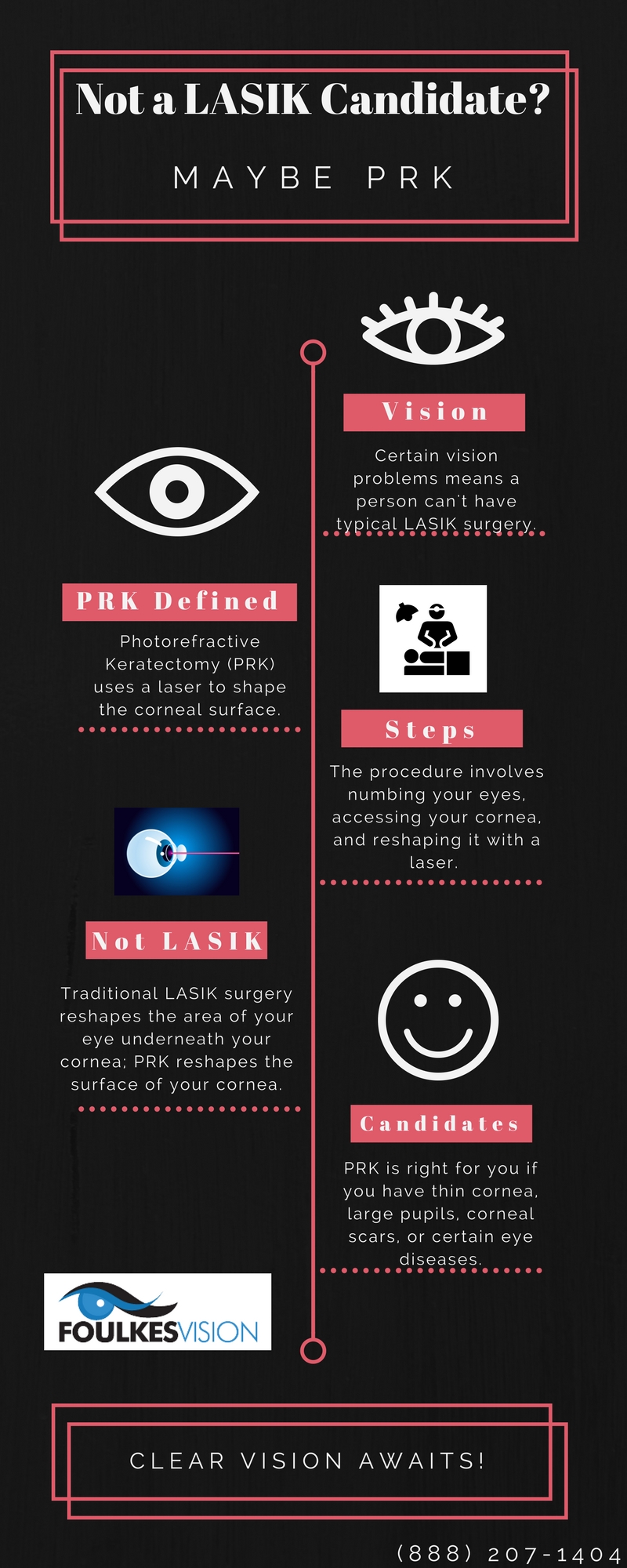Discover A Fascinating Voyage Tracing The Development Of Cataract Surgical Procedure Techniques That Are Reinventing The Overview Of Eye Health Care
Discover A Fascinating Voyage Tracing The Development Of Cataract Surgical Procedure Techniques That Are Reinventing The Overview Of Eye Health Care
Blog Article
Material Writer-Ottesen Serrano
As you check out the advancement of advanced cataract surgery techniques, you'll witness a trip marked by resourcefulness and precision. From ancient techniques that paved the way for modern developments to sophisticated technologies that are reinventing the field, the thorough overview of cataract surgical procedure techniques is a testament to human progression and commitment to improving individual end results. cataract surgery after vitrectomy between historical strategies and advanced improvements develops a fascinating narrative that sheds light on the evolution of among the most usual procedures worldwide.
Historical Techniques and Technologies
Explore exactly how early surgeons revolutionized cataract therapy by utilizing innovative strategies and devices. In the past, cataract surgical treatment was a risky and agonizing treatment. However, old Indian medical professionals were among the very first to try surgical interventions for cataracts, utilizing a method called 'couching' where a sharp instrument was utilized to push the cataract back right into the eye. This approach, though crude by today's requirements, prepared for future developments in cataract surgical procedure.
As time advanced, Arab medical professionals made significant payments by developing specialized needles for cataract removal. These needles were utilized to puncture the cataract and afterwards remove it from the eye, noting a significant improvement in surgical accuracy.
Later on, in the 18th century, the French specialist Jacques Daviel spearheaded the technique of extracapsular cataract extraction, where the entire lens was gotten rid of intact through a larger cut. This marked a major innovation in cataract surgery methods, paving the way for the modern-day procedures we use today.
Modern Surgical Approaches
Early techniques in cataract surgical treatment have evolved dramatically, leading to the growth of modern-day surgical approaches that prioritize accuracy and enhanced patient results. Modern cataract surgery currently typically includes a procedure called phacoemulsification, where an ultrasonic tool breaks up the cataract for removal with a little laceration. This technique enables quicker recovery and reduces the risk of problems compared to older approaches.
Furthermore, the use of advanced intraocular lenses (IOLs) has transformed cataract surgery results. These lenses can deal with not only the cataract yet additionally various other refractive errors like astigmatism, decreasing the requirement for glasses post-surgery.
https://cost-laser-eye-surgery27395.blogsvila.com/29389121/establishing-a-dry-eye-alleviation-routine-consistent-practices-that-enhance-your-eye-comfort have accessibility to sophisticated imaging modern technologies that aid in precise preoperative planning and intraoperative decision-making. Optical coherence tomography (OCT) and various other imaging methods offer in-depth photos of the eye's structures, enabling a much more tailored strategy per person's surgical treatment. With these advancements, contemporary cataract surgical treatment strategies remain to enhance, using clients more secure procedures and far better visual results.
Emerging Technologies in Cataract Surgical Procedure
With innovations in modern technology reinventing the area, cataract surgery is observing the integration of ingenious strategies for improved person end results. Emerging modern technologies in cataract surgical treatment are reshaping the landscape of ophthalmic treatments. One such development is femtosecond laser technology, which allows for precise corneal incisions, capsulotomies, and lens fragmentation, leading to boosted surgical precision and results.
In addition, intraoperative aberrometry is getting popularity, making it possible for real-time measurements of refractive errors during surgery to improve intraocular lens power estimations and reduce postoperative refractive shocks.
Additionally, the use of innovative imaging technologies like optical comprehensibility tomography (OCT) and intraoperative wavefront aberrometry help doctors in exact surgical planning and implementation. These devices offer detailed anatomical information and help personalize surgical techniques for each and every person's special eye characteristics.
Additionally, developments in artificial intelligence are being checked out to help in preoperative preparation, intraoperative decision-making, and postoperative care, possibly enhancing surgical results and person satisfaction. Embracing these emerging innovations in cataract surgical treatment holds pledge for further improving person results and making certain the proceeded evolution of sensory surgical strategies.
Conclusion
As you trip through the history of cataract surgery, you witness the change from ancient methods to sophisticated innovations. Like a phoenix metro rising from the ashes, cataract surgical treatment has actually advanced into a beacon of hope and innovation.
Equally as a caterpillar emerges from its cocoon as a beautiful butterfly, cataract surgical procedure has thrived into a refined art type, offering clients more clear vision and a brighter future.
The development continues, beaming a light on countless possibilities.
